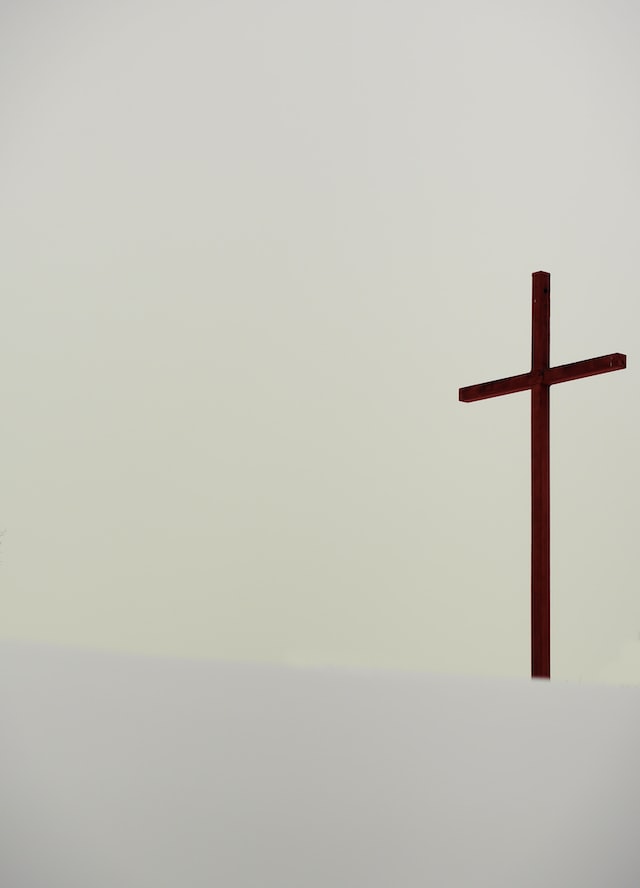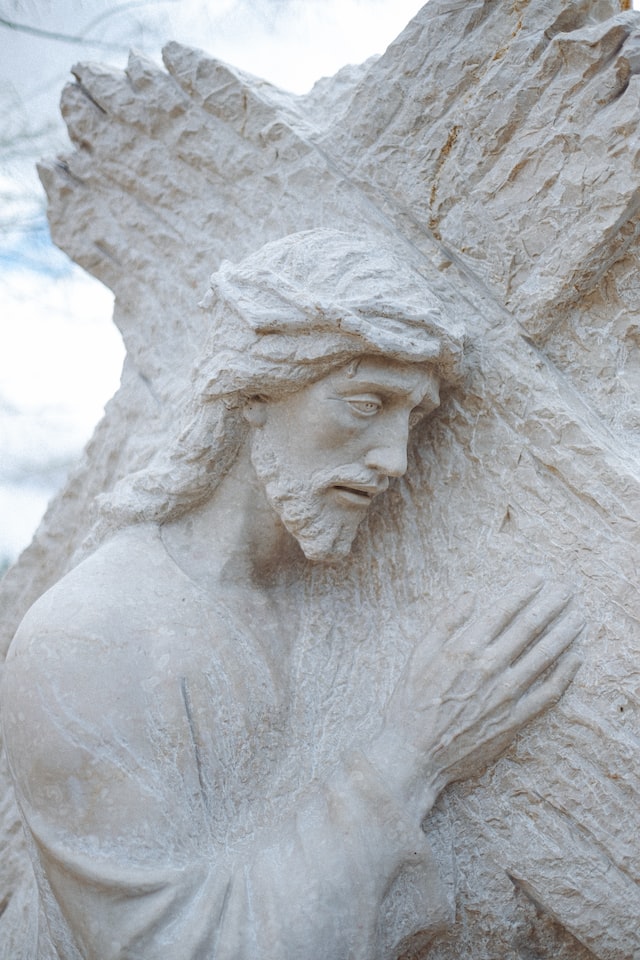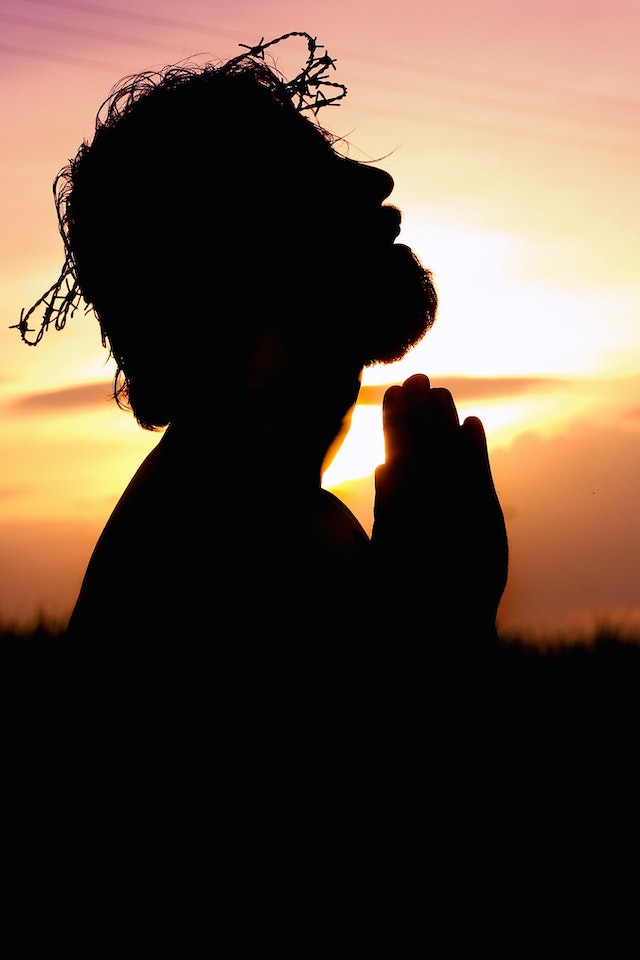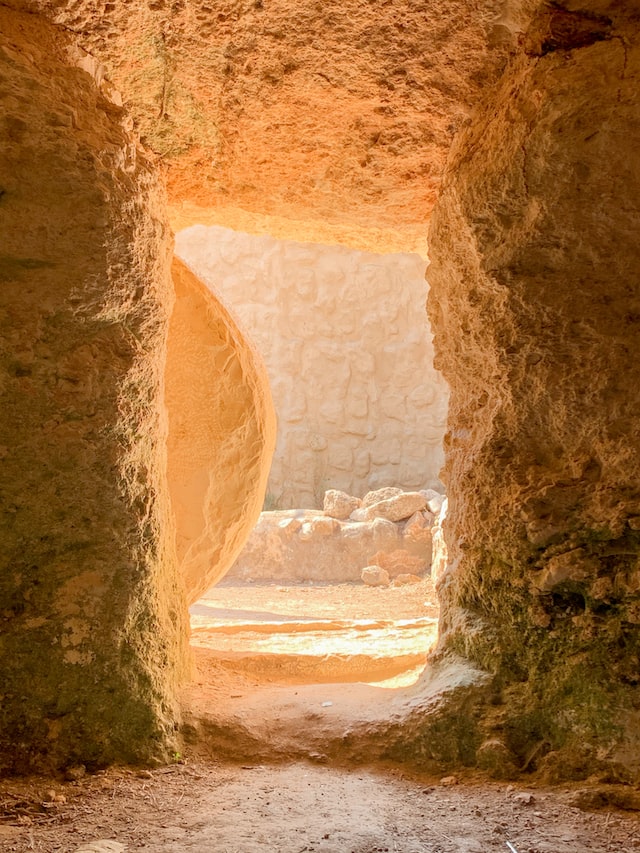what is easter: a timeline of holy week
Join us for Holy Week and Easter ServicesWHAT IS EASTER: A TIMELINE OF HOLY WEEK
Join us for Holy Week and Easter ServicesWhat is Easter? What did it mean?
The Easter celebration is a bit of a strange holiday. Is it about bunnies and eggs? Is it Pagan, or Christian, or Jewish? Why does the date move?
Below is a history of the Easter season and the days preceding it, known as Holy Week.
The History of Easter
What is Easter?
Easter is a Christian holiday celebrating the day Christians believe that Jesus returned from the dead after being killed.
So why does the date of Easter move? And where did the eggs and bunnies come from?
In early Christianity, the Christian church moved the celebration of Easter to coincide with an existing pagan festival on the first full moon after the spring equinox, which is why Easter moves every year. In old pagan customs, eggs were a symbol of new life, and rabbits a symbol of fertility. These “Easter eggs” became ways for Christians to talk about the “resurrection” (when Jesus Christ came back to life) they celebrated.
How is Easter connected to the Jewish Passover Celebration?
For Jewish people, Passover is a week of celebration that ends with a feast to remember God bringing them out of slavery in Egypt. Jesus had building tensions with Jewish leaders during His life, which culminated in His death on the day of Passover.
Because many Jews became Christians following Jesus’ death and resurrection, some Jewish traditions became part of the Christian observance of Easter.
So… what is Holy Week?
The timing of Jesus’ death is historically significant. Many ancient Jewish prophecies were fulfilled in the days leading up to Jesus’ death, and the week leading up to His death chronicles the climax of long-building tensions between Jesus and Jewish leaders. Known as Holy Week, the week before Easter is a time of remembering the historical events that took place in Jerusalem and set the stage for the birth of Christianity.

Join us this Easter
Join us Easter for an exciting and hopeful time of music and an inspiring message. Get details and what to expect below.

THE TIMELINE OF HOLY WEEK
This overview of the week leading up to Easter will give you insight and understanding into the significance of the holiday. From Palm Sunday to Easter Sunday, every day has value and something for us to learn.
Day 1: Palm Sunday
On the first day of Holy Week, Jesus entered Jerusalem on a donkey while crowds welcomed Him by waving branches and shouting, “Hosanna to the Son of David! Blessed is he who comes in the name of Lord! Hosanna in the highest!”
By saying this, the crowds are calling Jesus the Son of God. Jesus rides on a donkey, fulfilling a Jewish prophesy. This dramatic entry and growing crowds heighten the existing tensions between Jesus and the Jewish leaders.
You can read about Jesus’ entry into Jerusalem in Matthew 21:1-11, Mark 11:1-11, Luke 19:28-44, and John 12:12-19.


Day 2: Monday, Jesus Clears the Temple
On Monday, Jesus curses a fig tree for not bearing fruit. The curse may have been a metaphor for God’s judgment on the spiritually dead religious leaders or a warning for all believers against a life that looks religious on the outside but isn’t genuine on the inside.
Jesus goes on to visit the main temple in the city and finds the courts full of corrupt people. He flips tables and clears out the Temple, saying, “The Scriptures declare, ‘My Temple will be a house of prayer,’ but you have turned it into a den of thieves” (Luke 19:46).
You can read Monday’s events in Matthew 21:12–22, Mark 11:15–19, Luke 19:45-48, and John 2:13-17.
Day 3: Tuesday, Jesus Goes to The Mount of Olives
The religious leaders feel increasingly threatened by the way that mass crowds are recognizing Jesus as a spiritual authority and even as the Son of God.
Jesus leaves the city to a place called the Mount of Olives. He delivers a famous speech called the Olivet Discourse, a prophecy about the destruction of Jerusalem and the “end of the age.” He speaks in parables, which are stories or metaphors that have hidden meanings.
It is also believed that on Tuesday, Judas Iscariot, one of the disciples, negotiated with the Jewish leaders a price and plan to betray Jesus (Matthew 26:14-16).
The rising tensions on Tuesday and the Olivet Discourse are recorded in Matthew 21:23–24:51, Mark 11:20–13:37, Luke 20:1–21:36, and John 12:20–38.


Day 4: Holy Wednesday
There are no records of what Jesus did on the Wednesday of Holy Week. It is expected that they rested after two exhausting days in Jerusalem.
At this point, tensions are reaching a boiling point, where the religious leaders want to avoid causing an uproar in the city during the festival, but Jesus knows He’ll be killed on Passover, taking His place as the sacrificial lamb and God’s provided rescue for mankind.
Day 5: Passover and Maundy Thursday
As tensions mount between Jesus and the religious leaders, Jesus and His disciples prepare to share in the Passover meal, celebrating God bringing them out of Egypt. At this dinner, Jesus washes the feet of His disciples, an act of selflessness and foreshadowing of what He would do on Friday.
Jesus changes the conversation at the Passover meal, telling the disciples that He is going to suffer.
He takes items from this important Jewish meal and gives them new meaning, saying of the bread, “this is my body given for you; do this in remembrance of me.” He says of the wine, “this cup is the new covenant in my blood, which is poured out for you.”
In doing this, He sets up the new Christian tradition of Communion, which is when Christians remember this Passover meal and the sacrifice Jesus made.
After the meal, the group goes to a garden called Gethsemane, where His disciple Judas betrays Him, hands Him over to the Jewish leaders, and He is arrested and taken to the High Priest for trial.
Thursday’s events are recorded in Matthew 26:17–75, Mark 14:12-72, Luke 22:7-62, and John 13:1-38.


Day 6: Good Friday
On Friday morning, Jesus went to trial for the accusations from the Jews. But He did not defend Himself. Instead He outrages the religious leaders by calling Himself the Son of God.
Jesus was given a crown of thorns and made to carry a massive cross through the city and up the mountain called Calvary, where He was nailed to the cross alongside two criminals.
Then, at the ninth hour, on the day of the most sacred Jewish festival, Jesus breathed His last breath.
Friday evening, two men took the body and placed it in a tomb and rolled a stone over it.
Friday’s events are recorded in Matthew 27:1-62, Mark 15:1-47, Luke 22:63-23:56, and John 18:28-19:37.
Day 7: Saturday
Saturday was the Sabbath, a day when Jewish people are commanded to do no work. After the Sabbath ended at 6 p.m., people went to the tomb to do the ceremonial preparation for burial.
Knowing that Jesus said He was going to rise again after 3 days, the Jewish leaders went to the Roman governors and requested that the tomb be guarded so that no one would steal the body and lie about His resurrection.
The Governor put a seal on the stone and a guard at the tomb.
Saturday’s events are recorded in Matthew 27:62-66, Mark 16:1, Luke 23:56, and John 19:40.


Day 8: Resurrection Sunday
On Sunday, or Easter, we see the culmination of the entire week and the most important event of the Christian faith.
Early Sunday morning, several women that were close to Jesus go to the tomb and find the stone rolled away and an angel who announces, “Don’t be afraid! I know you are looking for Jesus, who was crucified. He isn’t here! He is risen from the dead, just as he said would happen” (Matthew 28:5-6, NLT).
On Sunday, the Bible reports that Jesus appeared to at least five people. There is considerable evidence from secular scholars that many people genuinely believed that they saw the Risen Jesus.
Today, on Easter Sunday, Christians celebrate this foundation of their faith, the belief that Jesus was risen on the third day after His death, fulfilling prophecies found throughout the Old Testament. In conquering sin and death itself, He offered forgiveness and redemption for our lives and the world.
Sunday’s events are recorded in Matthew 28:1-13, Mark 16:1-14, Luke 24:1-49, and John 20:1-23.
Join us this Easter and Holy Week
Whether church is a normal part of your life or not, we would love for you to join us this Easter and Holy Week. We’ll have familiar music and an encouraging message for you.
